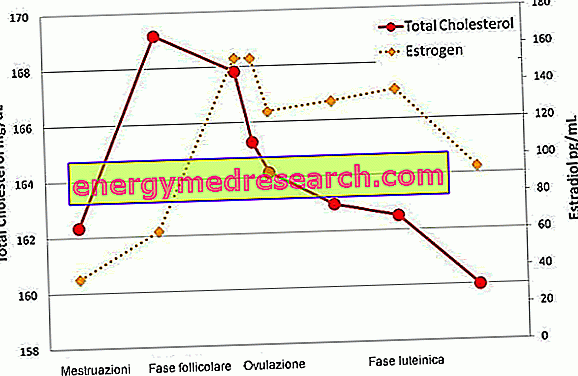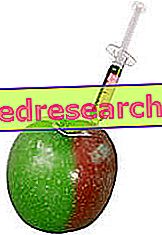Cholesterol and Estrogens
The influence of female hormones on cholesterol and triglyceride levels has been known for a long time.
Starting from the second trimester of pregnancy, total cholesterolemia significantly increases under the thrust of the estrogen produced by the placenta; even contraceptive pills with high estrogenic concentrations, or replacement therapies during menopause, tend to significantly increase total cholesterolemia. In both cases, the increase in blood cholesterol values mainly affects the HDL fraction; this is a positive and desirable factor to reduce cardiovascular risk.
Also for this important contribution, during the fertile age of every woman estrogens confer a very important protection against cardiovascular diseases.
Cholesterol in Various Stages of the Menstrual Cycle
During the menstrual cycle, the cholesterol values vary in a non-negligible way according to the physiological changes in the plasma levels of estradiol and progesterone. Consequently, it is also important to evaluate the phase of the menstrual cycle in which we undergo cholesterol and triglyceridemia tests.
Generally speaking, cholesterol levels rise during the first half of the menstrual cycle and decrease in the luteinic phase.
As anticipated, the increasing levels of estrogens that characterize the first half of the menstrual cycle bring with them a gradual increase of HDL lipoproteins (good cholesterol), which reach a peak at the time of ovulation.
By contrast, total cholesterol, LDL cholesterol and triglycerides appear to decrease as estrogen levels increase; this decline, however, is not immediate, but manifests itself a few days later. Therefore, in the interpretation of the graph below, it must be considered that the peak of total cholesterol levels during the menstrual phase is the consequence of the decline of estrogens in the late luteinic phase, while the subsequent decline of total cholesterolemia follows the slight increase in estrogen during menstrual phase; this decline becomes even more abrupt a few days after estrogen levels begin to increase significantly in view of ovulation.




